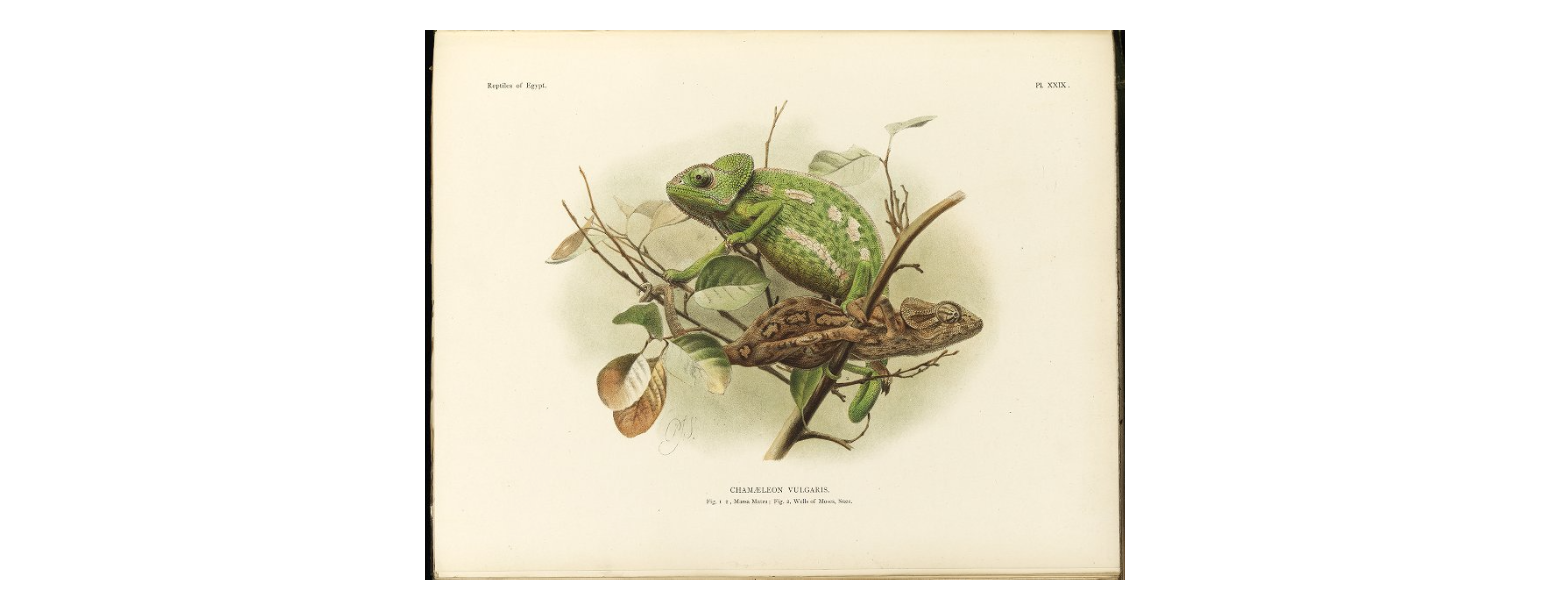The plan for our Art in Mind exhibition was to use a co-curatorial model. Our co-curators chose an artwork from the University of Edinburgh’s heritage collections, they would then do a mindfulness exercise using their chosen artwork with the help of a professional mindfulness practitioner. However, the University’s art collection alone has 8000 items; co-curators with no prior knowledge of the collections may therefore not know where to start with choosing a favourite item. So we decided to create a ‘long-list’ of around sixty artworks to send to a panel of experts to assist us in narrowing it down to around thirty artworks for our co-curators to choose from.

A spreadsheet showing the collections’ items that we decided to include in our shortlist for our co-curators to choose from. Screenshot taken by me.
As a group, we had lots of discussion over what makes a piece of artwork ‘mindful’; looking at examples from organisations who have created mindful art resources, such as the National Gallery of Ireland and the Ashmolean Museum, it is clear that heritage organisations have chosen artworks with bright colour schemes and interesting textures, typically landscape or abstract paintings. We followed a similar model, with each group member finding twenty artworks to put into a spreadsheet before coming to a consensus on what should stay in our long-list to be sent to our panel of experts. As I was choosing twenty works, I realised that I was particularly interested in including objects from Geology and Natural History collections. I think there is value in mindfully engaging with collections that show the nature of the world around us, and as these collections are underfunded at the University, this exhibition could encourage people to engage with these collections and create a case for more investment into this side of the CRC.

An illustration of two chameleons featured in Zoology of Egypt by John Anderson that is part of the University’s Natural History collections. This item made our shortlist and was chosen by a co-curator to be included in the exhibition.
Heng Yeng Tan from National Gallery Singapore and Bernadette Hall from Science Gallery Melbourne made up our panel and were extremely helpful in deciding what we should include in our shortlist of artworks. It was exciting to be able to work with museum professionals from around the world, as well as learn from their expertise in this area. Thanks to them, we were able to have a diverse list of artworks and they even chose some items from the Natural History and Geology collections, which was validating for me as it showed that experts agreed that items from these collections had potential for mindful engagement. Therefore, while we certainly took inspiration from current discourse around what constitutes ‘mindful art’ in the heritage sector, I also think that we developed upon this idea, which led to us create a shortlist that I was proud to present to co-curators.



Leave a Reply